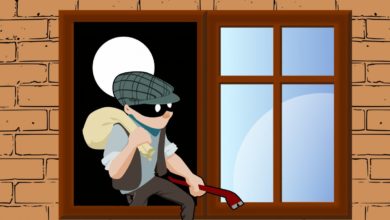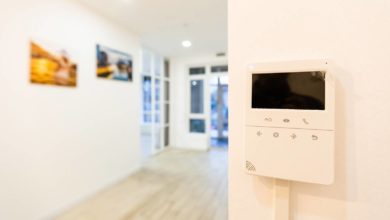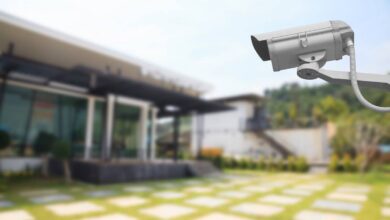How to Setup an Effective Fire Safety System at Home
KEY TAKEAWAYS
Ensuring a reliable fire safety system in your home is crucial to safeguard yourself, your loved ones, and your possessions from the disastrous consequences of a fire. Through detecting smoke or heat, an appropriately installed system activates alarms that promptly alert you and emergency responders.
A reliable fire safety system could potentially save lives. It also offers peace of mind to know that you’re well prepared to handle unforeseen fires that could arise in your home. Moreover, having a professionally installed fire system can help prevent you from the colossal financial losses often associated with fire aftermaths.
In this piece, we shall look at a few crucial considerations to make to ensure that you and your family are protected from fires.
Important Considerations When Setting Up Your Fire Safety System
1. Carbon Monoxide Detectors
Carbon monoxide (CO) is a dangerous gas that can accumulate due to faulty or poorly ventilated fuel-burning appliances. To prevent CO poisoning incidents in your home, install CO detectors on every level of your house and near sleeping areas. Remember to test these devices regularly and replace their batteries according to the manufacturer’s recommendations.
2. Install Smoke (and Heat) Detectors
Smoke detectors are a critical part of any fire safety system. Not only do they help with early fire detection but they can also help detect gas leaks, alerting you to take action. Heat detectors, on the other hand, can help detect any sudden increase in temperature in your home. You can find both heat and smoke detectors in a modern fire suppression system, which may cost anything from $8,000 to $20,000 to install depending on your needs.
For optimal coverage, place them in every bedroom, outside all sleeping areas, and on every floor of your home— including the basement. It’s essential to check their functionality monthly by pressing their test button. Also, replace batteries annually or whenever they begin producing intermittent beeping sounds.
3. Develop a Fire Escape Plan
Preparing an emergency escape plan is vital for ensuring that everyone knows how to exit the building safely during fires or other emergencies. Your plan should include multiple fire exit routes from each room in your house and designate a safe meeting point outside the building where everyone should gather after evacuating. Practice this plan with all household members at least twice per year to ensure familiarity with evacuation procedures.
4. Have Fire Extinguishers Positioned Strategically
Fire extinguishers can be invaluable in keeping small fires from spreading out of control. To maximize their effectiveness, place them strategically throughout your home, in the kitchen where cooking fires might occur, or near electrical equipment such as computers or entertainment systems that may spark electrical fires.
It’s essential to learn the basics of fire extinguisher operation and select the appropriate type for your specific needs (e.g., dry chemical, CO2, or water).
Also, it pays to ensure these devices are functional when you need them most. Kistler O’Brien from Kobfire, a fire extinguisher service in Allentown, PA recommends ensuring regular hydrostatic testing and recharging for your fire extinguishers.
5. Plan for Regular Maintenance
Proper maintenance is fundamental in ensuring the continued effectiveness of your home’s fire safety system. Schedule regular checkups for all your devices such as smoke detectors and CO detectors, replacing batteries as needed. Moreover, ensure easy access to your fire extinguishers and inspect the pressure gauge monthly to make sure they stay charged and ready for use.
6. Other Fire Safety Tips
Apart from having an efficient fire safety system installed at home, also consider implementing additional precautionary measures:
- Keep a clean and clutter-free home—this reduces potential fuel sources during fires.
- Avoid overloading electrical outlets or using damaged cords.
- Store flammable liquids separately from heat sources and limit their presence in your living space.
- Consider integrating fire safety with home security systems for added benefits.
- Practice safe cooking habits: be attentive to pots on the stove, keep flammable items away from cooking surfaces, and never leave food unattended while frying or grilling.
- Teach children about fire safety etiquette; instruct them not to play with matches or lighters.
- Ensure that your home’s electrical panel and wiring are up to code and checked annually by a licensed electrician.
- Keep loose clothing, towels, or curtains away from heating sources.
- Consider installing outdoor lighting with photocell sensors to provide better visibility around your home at night.
Conclusion: Stay Prepared and Safe
In conclusion, taking the time to set up a reliable fire safety system is an investment in the well-being of your family and home. Don’t leave this essential task to chance; follow these tips and consider seeking professional advice for added assurance. Act now, and create a safer environment—ultimately ensuring peace of mind for you and those you care about most.





